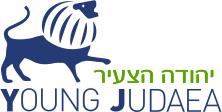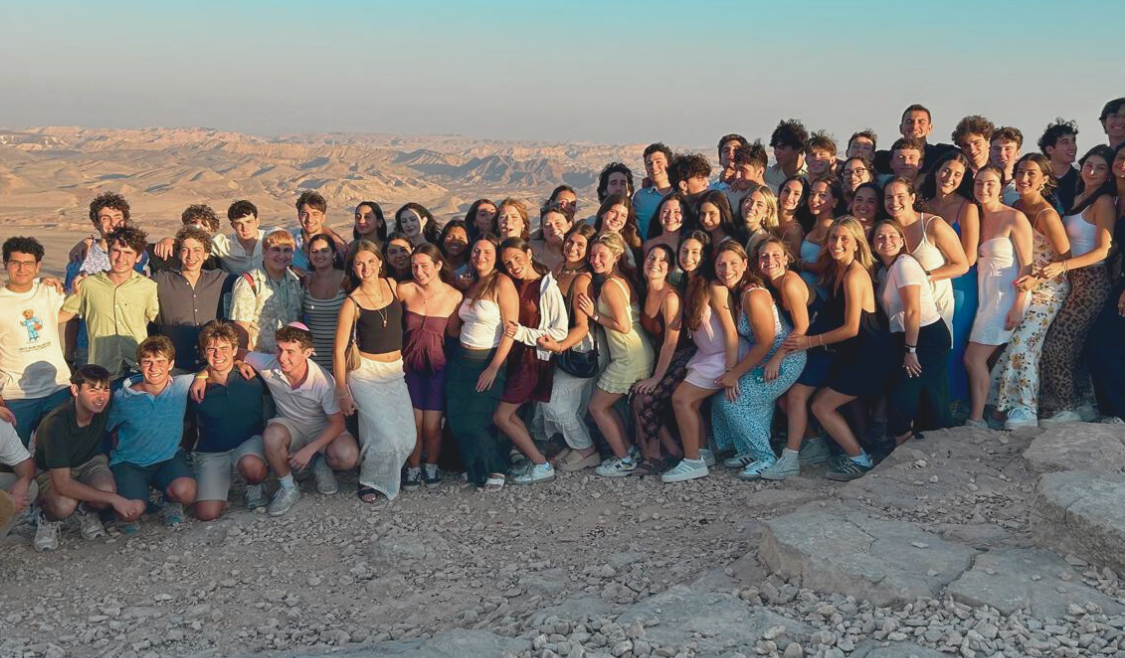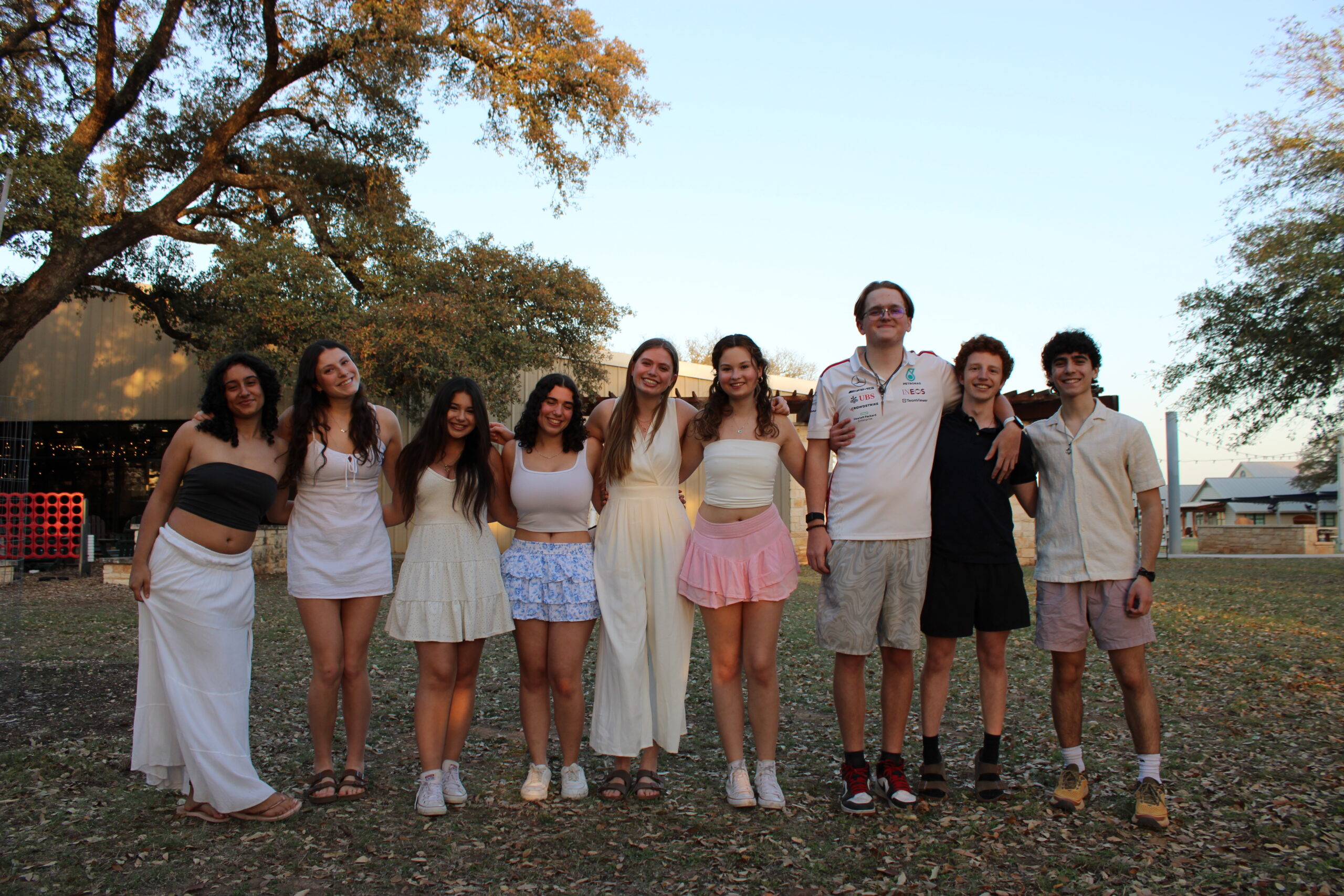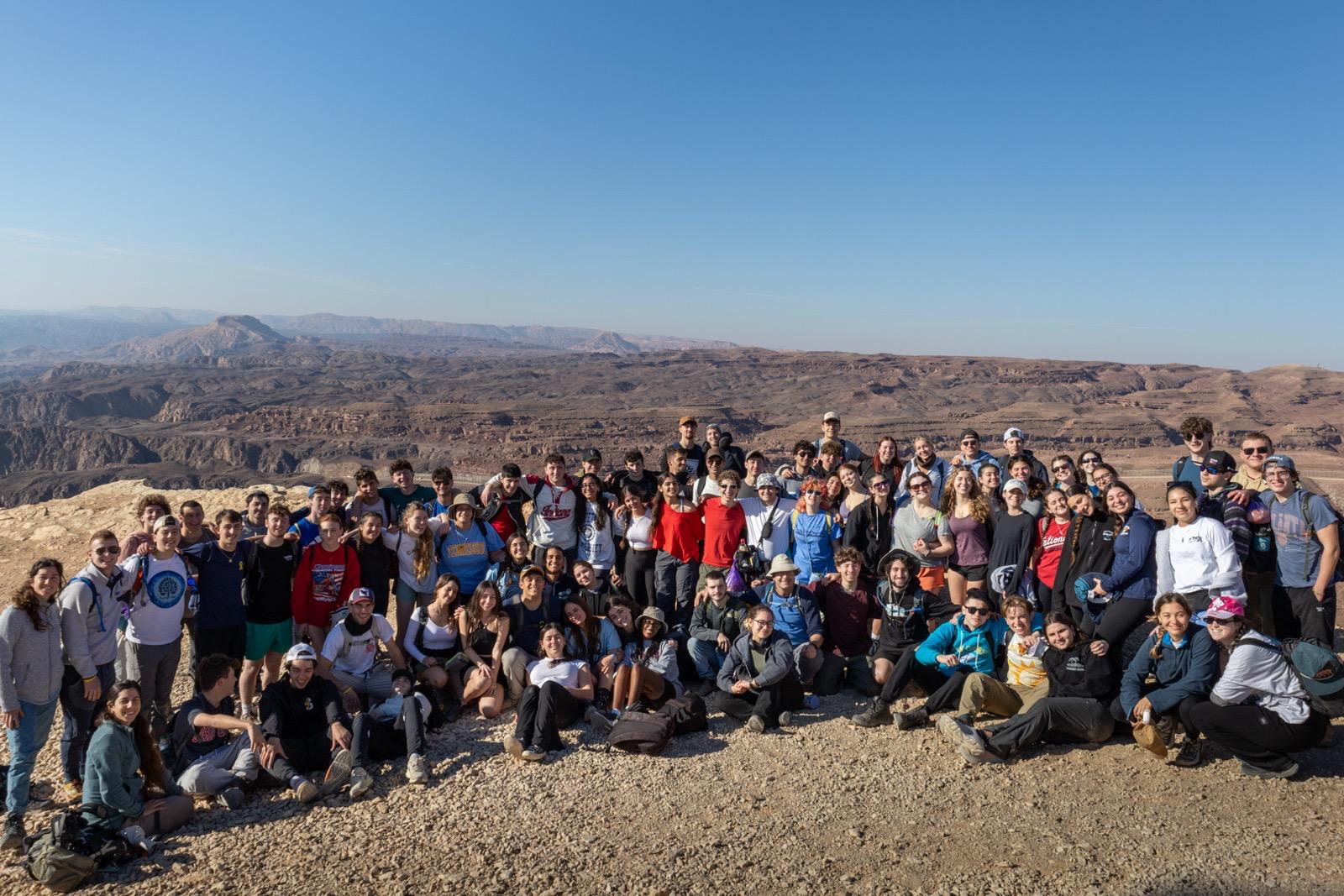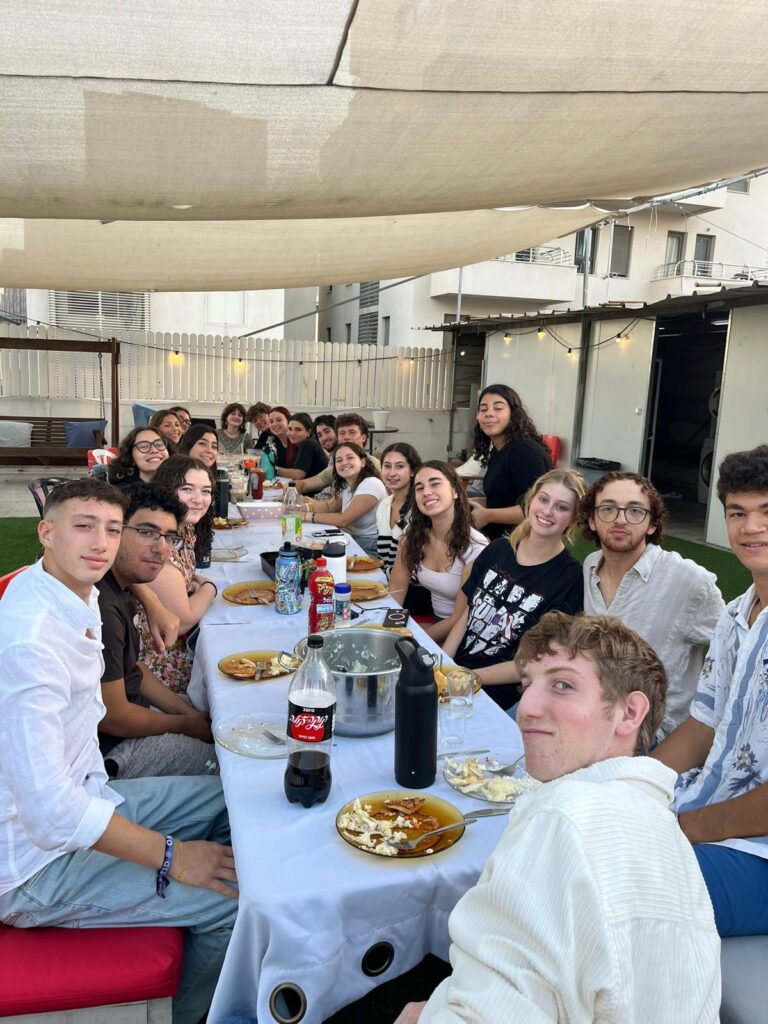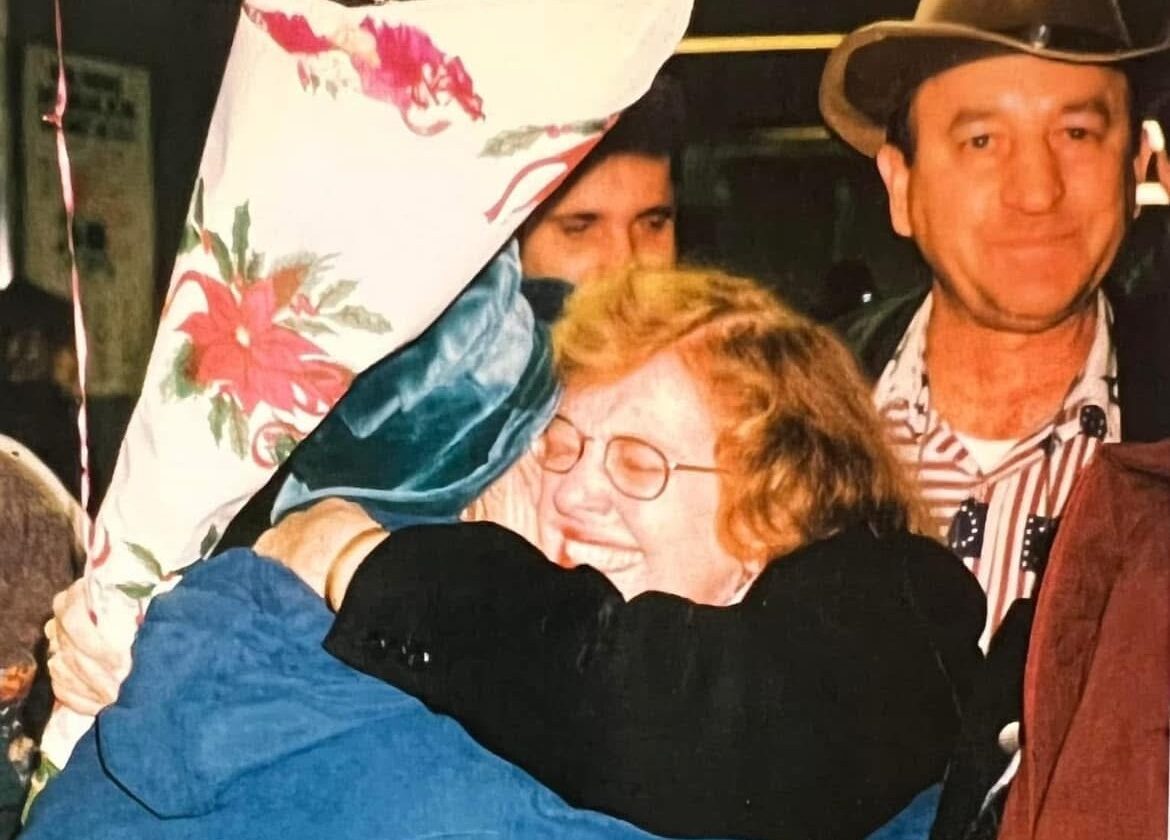
Born from Survival: Meeting our Rescuers and Moving Forward
By Vivian Genn Pittman
My brave grandmother Sabina Herbst and my mother Myra kept in touch for years with the Rajskis—the Christian family who courageously hid them in the attic of their barn for almost a year during the Holocaust. Letters were exchanged faithfully until the 1950s, when communication abruptly stopped.
Myra and Sabina had immigrated to America a few years beforehand, in 1948, to start a new life for themselves. They tried to move forward and bury the traumatic past, which included Sabina’s husband/ Myra’s father Chaim Herbst taken away when Myra was just three, witnessing loved ones being killed, and surviving unimaginable anxiety, loss and fear. Myra and Sabina lived hard in America, enjoying education, work, family, friends and Jewish traditions. They tried to keep the dark war memories at bay and the Rajkis in their hearts.
In the 1990s, something shifted. After attending the first Hidden Children’s Conference in New York City, Myra felt a surge of determination: she had to find the Rajskis and thank them, in person, for having the courage to do right in the face of evil. With the help of the United States Holocaust Memorial Museum and Yad Vashem, she succeeded.
By then, the Rajski parents—Wincenty and Stefania—had sadly passed away in Poland. But the two young daughters, whom my mother had watched running free through the fields from the cracks of the wooden barn attic, were now grown women, one living in Poland and one in Michigan, with large families of their own. A third sibling, born after the war, had children as well. Myra invited the Rajski siblings and their families to our home in New Jersey for a reunion.
Although excited, Myra was also nervous. She worried: Would the Rajskis resent that their parents had risked their lives for Jews? Did they harbor antisemitism? Would they come at all?
My sister and I, along with our parents, waited anxiously in our hometown of Tenafly, NJ, not yet fully grasping the rarity and magnitude of what was about to unfold.
And then—they arrived.
The reunion was emotional and unforgettable. Arms outstretched, tears flowing, languages broken but hearts full. We spent several days together in our old brick house, swapping stories and photos, exploring Ellis Island, touring New York and New Jersey, and bridging decades of silence with laughter, love, and shared humanity.
For Sabina and Myra, it was almost impossible to believe. After barely surviving the harsh conditions of war, and the ghetto, after losing friends, family, belongings and freedom, after hiding in the woods, caves and then in a freezing attic for nearly a year, after surviving, rebuilding, remembering—they could now thank the family who had risked everything to save them.
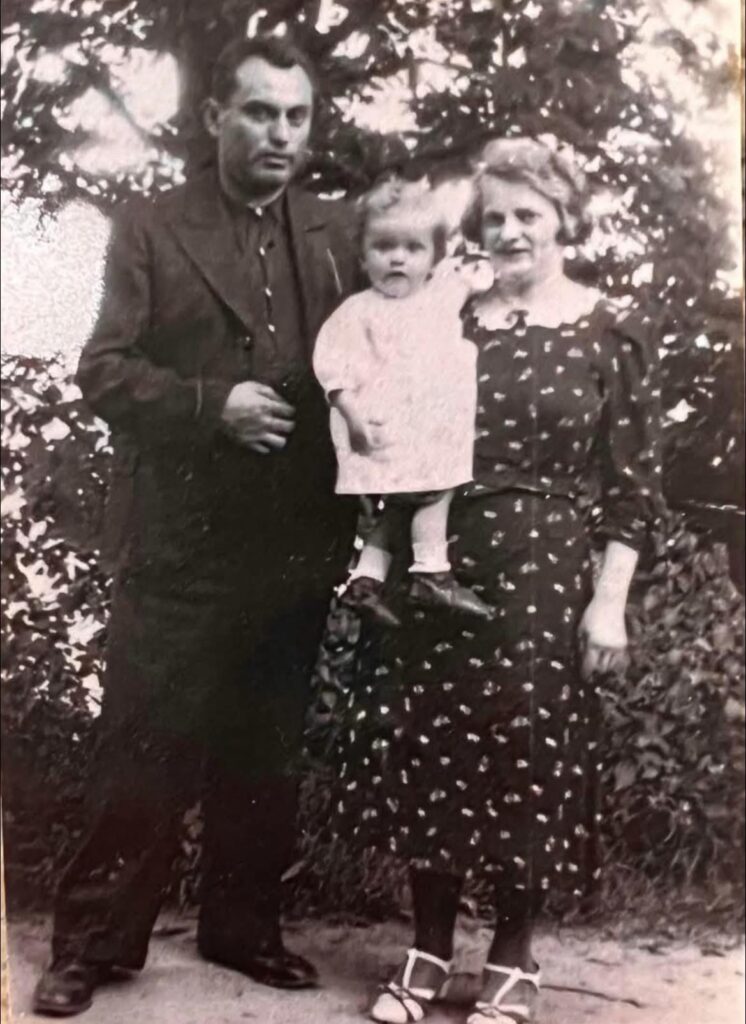
Sabina beamed with pride as she showed off my sister and I, her two “mana shaina medelach” in Yiddish “my beautiful girls”- and the life she had built in America.
Later, Myra ensured the Rajskis were honored at the United Nations in a meaningful ceremony. Their names were added to the Wall of the Righteous at Yad Vashem. Our families have stayed connected since—visiting each other, meeting children and grandchildren, liking Facebook posts, texting across states and even continents.
The Rajskis were among the first to reach out to us after October 7th. Even now, they are a reminder of hope, of courage, of goodness. They feel like family.
It is a privilege, an honor, and also a profound responsibility to be a Holocaust descendant. The perspective colors every part of my life, each day.
When I’m cold, I think of the rickety barn attic where my mother and grandmother hid, or the icy winds of a death march. When I see food left uneaten at a hotel breakfast buffet, I think about how many lives those scraps could have saved. When I see warm jackets piled into the lost and found bin, I wonder how many people could have survived with that added layer of warmth.
On other days, I draw strength from the resilience of my Grandma Sabina and my mother Myra. I speak up. I show up. I support Jewish causes, educate and organize, send my kids to Young Judaea Zionist summer camps and programs, visit Israel, and with my mom and children, share our family’s stories. History only survives if we carry it forward.
I am filled with urgency to preserve, to protect, to remember. To honor those who were murdered simply because they were Jews. To pass down stories that are harrowing, but also full of miracles, compassion, kindness and breathtaking courage.
I am in awe of the gratitude and strength that allowed my mother and grandmother not only to survive, but to thrive; to pursue education, to fight injustice, to live joyfully and proudly. Sabina never remarried, but poured her love into her only daughter, her granddaughters, and her Jewish identity. Myra, embracing her freedom, married her husband Manny later in life and focused on social work, Judaism, family and community, believing that living well was the best revenge.
We remember. We reflect. We respect. We tell the truth about the Holocaust and its lessons. We inspire, do good, and we hope for better. We appreciate and we celebrate life. Even in challenging times we are not alone and we are stronger together.
And we help ensure: Never Again.
Vivian was a camper and counselor at Camp Sprout Lake and Tel Yehudah and went on Year Course. Her children have also attended Sprout Lake, Tel Yehudah, Year Course, and Gesher. Her daughter Natalie is the incoming National Mazkira of Young Judaea.

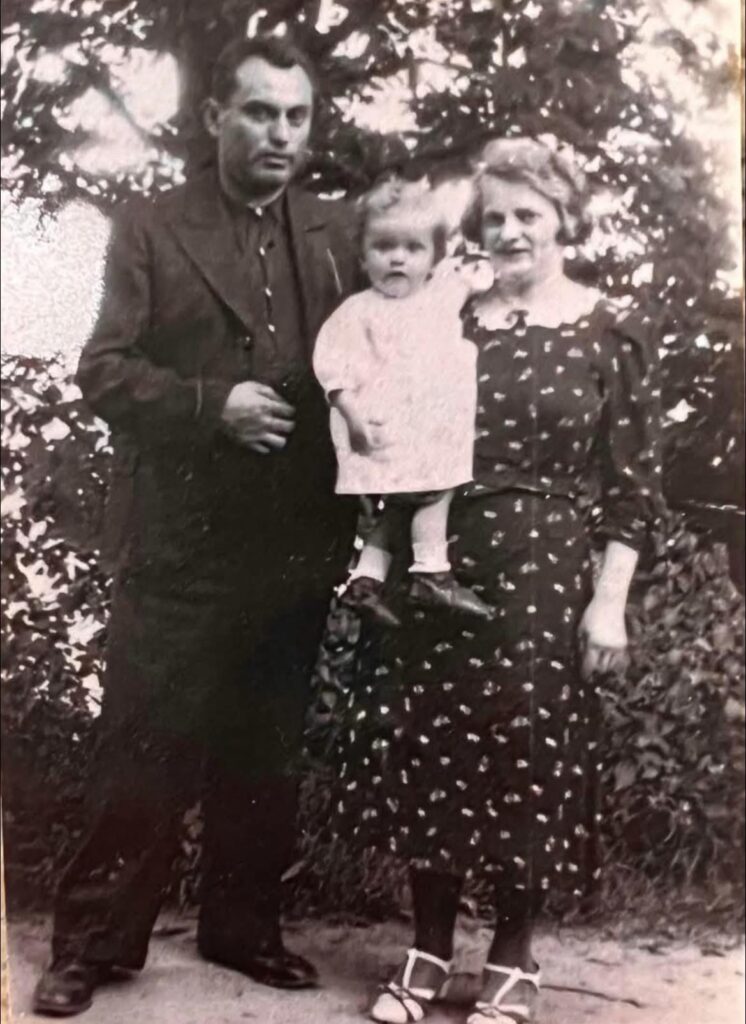
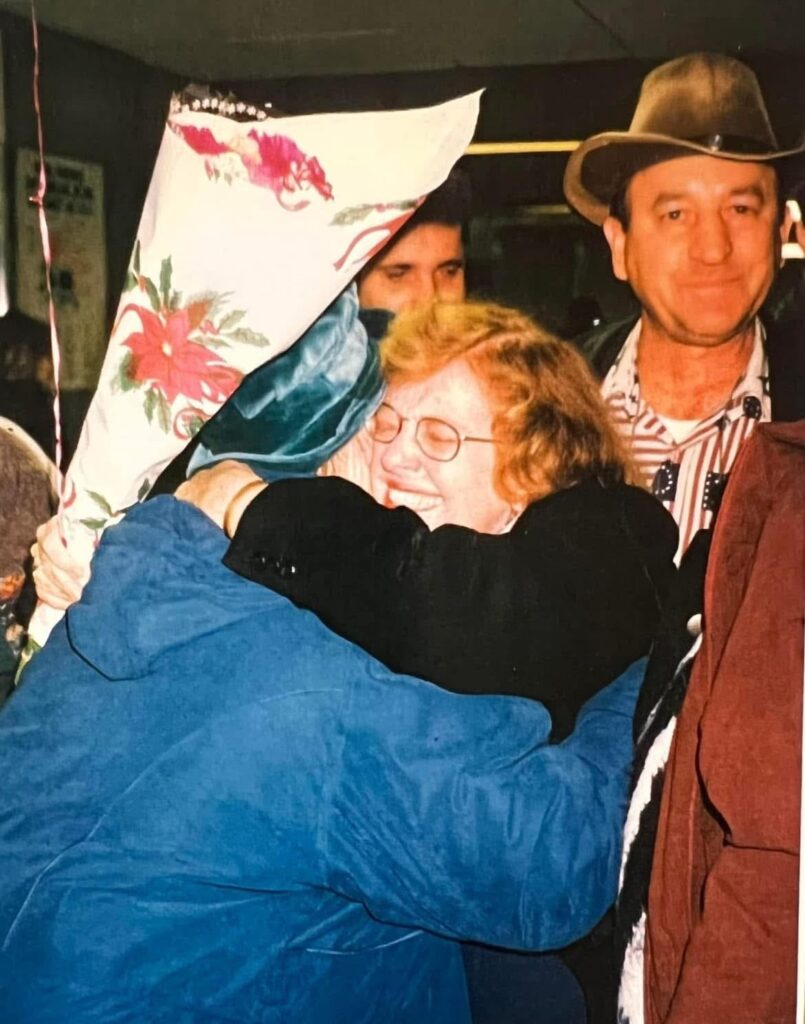
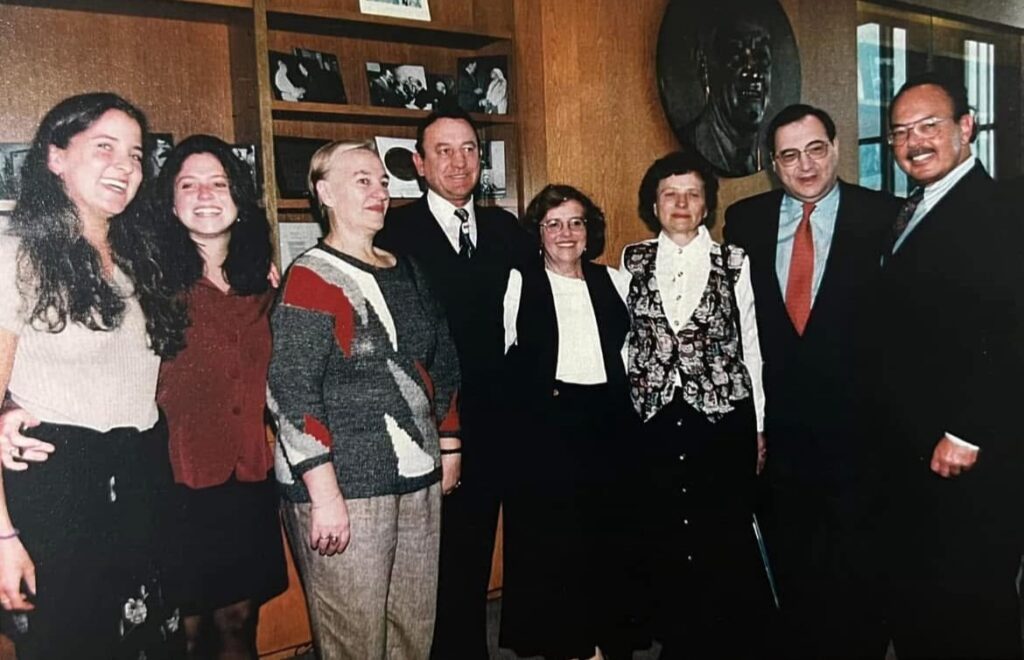
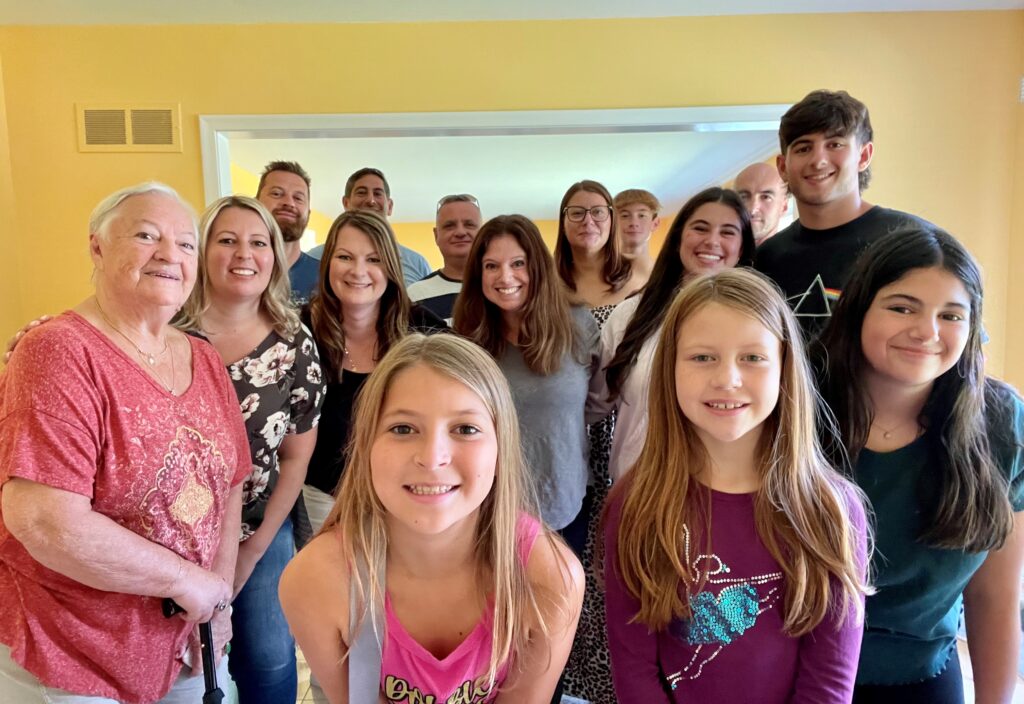
A get together with generations of our families
